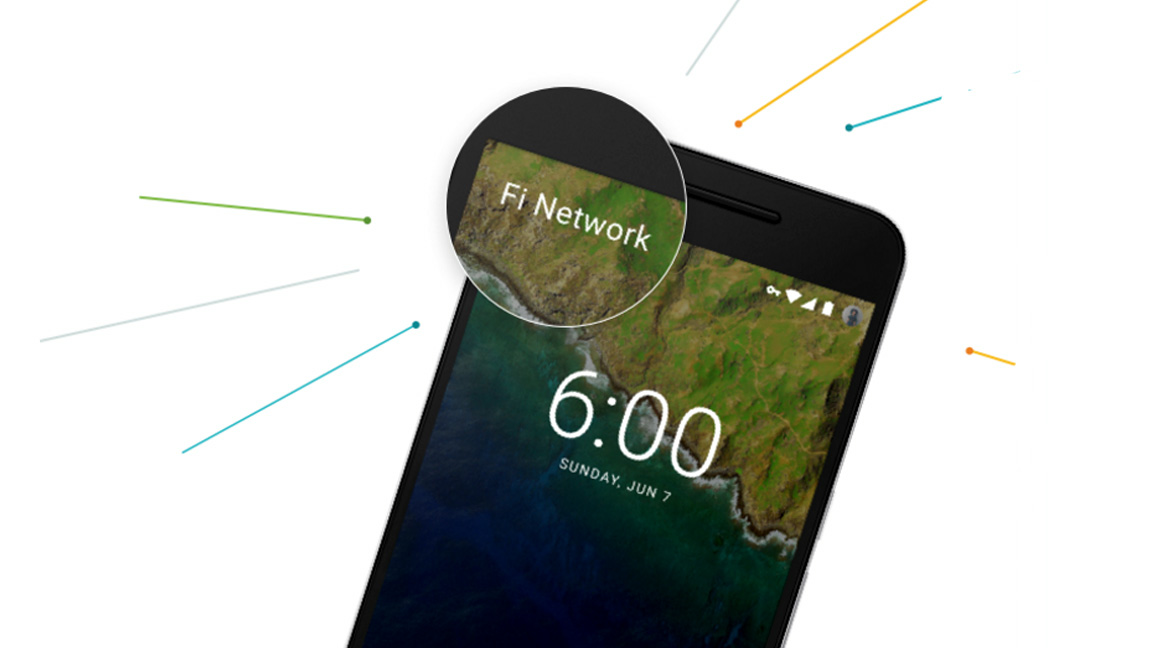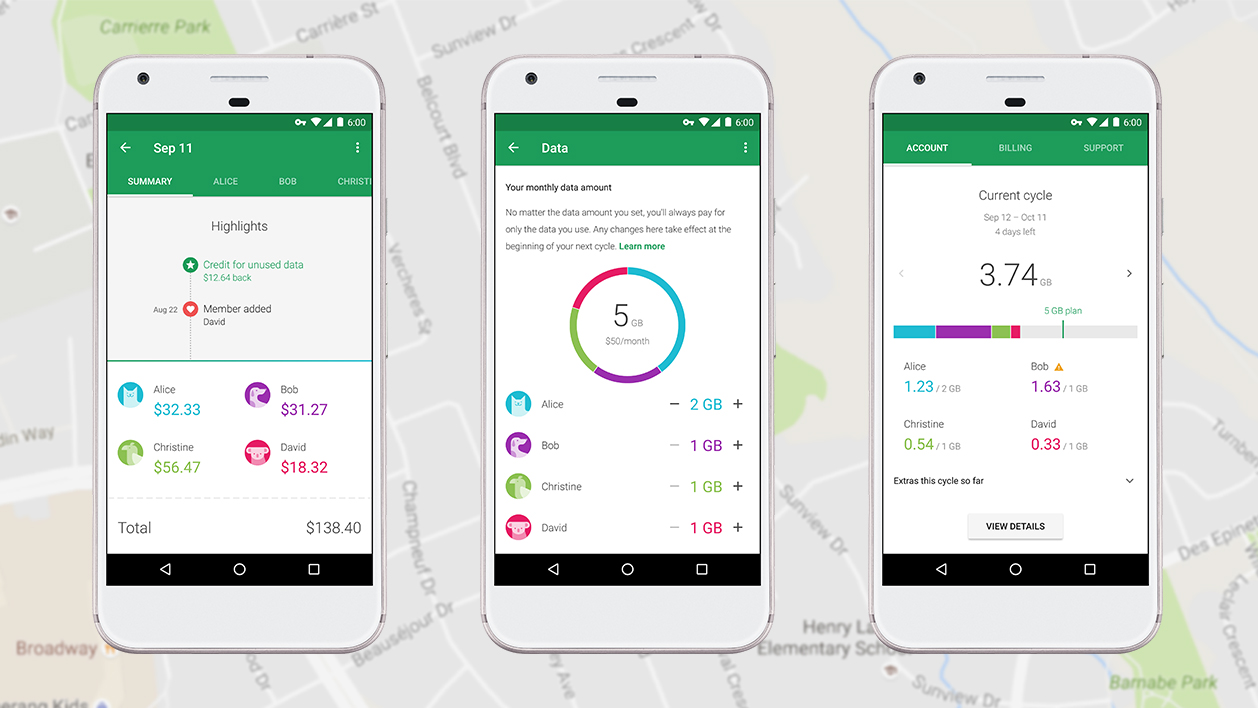Google's Project Fi gets even better with new group plan
Fi for family and friends

Project Fi, Google’s pay-as-you-go wireless service, now offers a family group plan.
Fi previously operated on a strict per device basis, but starting today, the service is welcoming up to six people on a single plan. You can simply add new members as you go, and members can leave at any time.
The Project Fi group plan is priced at $15/line per month for Fi Basics, which includes unlimited talk and text.
Only data that's used is charged, and the rate of $10 per gigabyte remains the same. If you use less than you paid for, you'll be credited back the amount of the left-over data.

Project Fi's group plan also includes a number of ways to monitor and manage data among members.
Each member can see how much data they're using via the Fi app, and managers can see everyone's usage. Project Fi will also send data notifications so members and managers can keep tabs on their usage.
And for even more control, plan managers can set monthly allowances for each member as well as pause data service for those who are using more than their fair share. Within the app, managers can view exactly how much data each member is using (we see you, Aunt Carol).
Sign up for breaking news, reviews, opinion, top tech deals, and more.
While the service now supports the Google Pixel and Pixel XL phones, it's also continuing to offer the Nexus 5X and 6P through the Project Fi site. Nexus, you may recall, is officially dead, so it's a big deal the two phones still live on through Fi.
To help customers get going with its cellular service, Google is knocking $100 off the Nexus 6P and $150 from the Nexus 5X price when customers purchase and activate the phones through Project Fi.
If you have Project Fi already, you can start inviting group members now.
- What's the best phone around?

Michelle was previously a news editor at TechRadar, leading consumer tech news and reviews. Michelle is now a Content Strategist at Facebook. A versatile, highly effective content writer and skilled editor with a keen eye for detail, Michelle is a collaborative problem solver and covered everything from smartwatches and microprocessors to VR and self-driving cars.